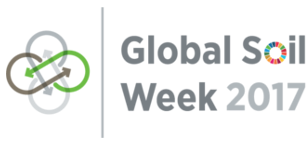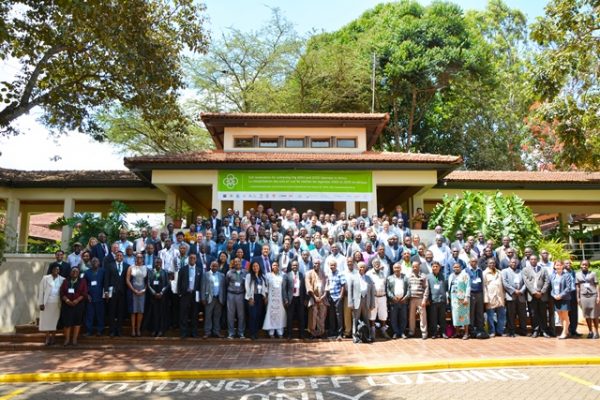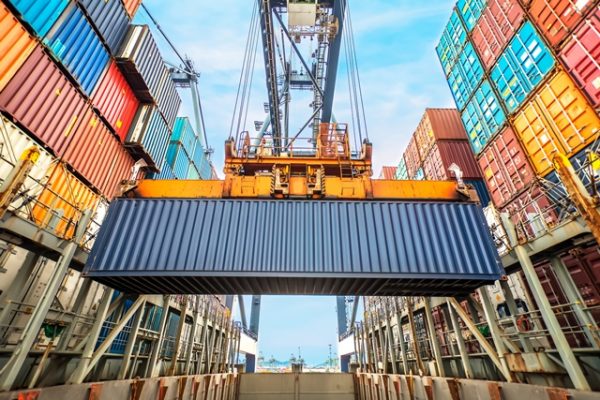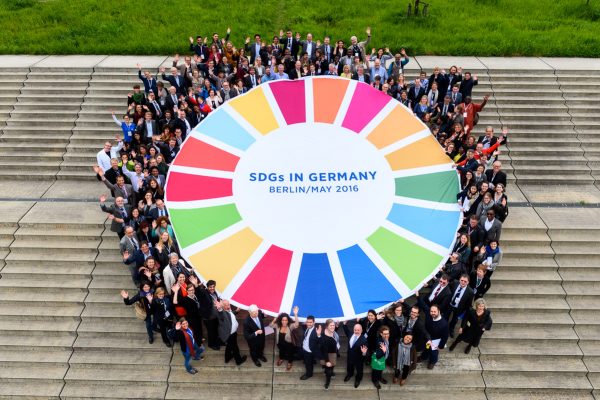Soil is an important element of sustainable development
Soil and land resources underpin and support global efforts towards sustainable development. They are key components for the fight against poverty, food insecurity and climate change. Soil and land degradation poses a great challenge for sustainable development. The world loses approximately 24 billion tons of fertile top soil every year due to wind and water erosion. Intricately linked to other natural resources, soil is an integral component of the water, energy and food security nexus. A projected population of 9 billion by 2050, changing consumption patterns, as well as climate change put additional pressure on land and soil resources.
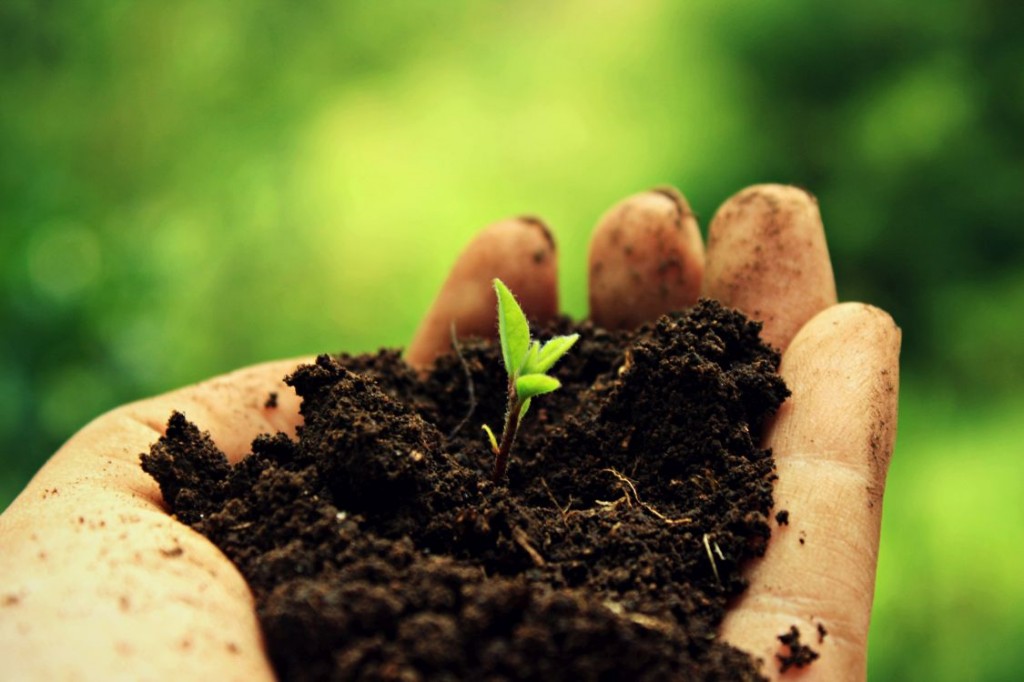
Land governance is part of the solution pathway
Soil and land degradation is not only a physical or biochemical issue and is very often linked to socio-economic aspects. Poor and marginalized populations are usually the most affected by soil and land degradation as they are the ones usually occupying degraded land. Thus, achieving food security for poor small-scale farming communities and eradicating extreme poverty requires dealing with the complexity of land degradation. Security of access to land must also be addressed, as soil and land degradation is as much a governance issue as it is a technical one.
Improvement of monitoring and assessment
The monitoring and assessment of soil and land resources including the effect of land use type must be improved. Including soil and land resources in the Sustainable Development Goals (SDGs) and the Post-2015 Development Agenda can contribute to reinforcing the demand for soil and land information at both local and global scale. The outcome document of the Open Working Group on SDGs already recognizes the role of soil for sustainable development in several of the proposed goals and targets. In addition to setting the policy agenda, there is a need to start developing strategies for the implementation and monitoring of the SDGs.
The overarching agreement in Rio+20 was to strive for a Land Degradation Neutral World in the context of sustainable development. Since early 2012, the IASS has been actively involved in the process to put soils and land on the sustainable development agenda in cooperation with our partners: the European Commission, the German Federal Environment Agency, the United Nations Convention to Combat Desertification and several other representatives from science, policy and civil society.

Contact
Ivonne Lobos Alva
Project Coordinator SDG Project
ivonne.lobosalva[at]iass-potsdam.de
Publications
Report: Land and soils in the Rio+20 Sustainable Development Goals. Guatemala Case Study (2013) Lobos Alva, I., .
En Espanol: Tierra y suelos en los Objetivos de Desarrollo Sostenible Rio+20 Estudio de caso Guatemala (2013)
Article: Let’s put soils on the global sustainable development agenda (2013) Lobos Alva, I., Rural21. The International Journal for Rural Development
Article: Governing the transformation of soils must urgently be improved (2013) Töpfer, K., Müller, A., Weigelt. J., , Rural21. The International Journal for Rural Development
Policy Brief: SOILS AND LAND IN THE SDGs AND THE POST-2015 DEVELOPMENT AGENDA. A proposal for a goal to achieve a Land Degradation Neutral World in the context of sustainable development. (2013) Ehlers, K., Lobos Alva, I., Montanarella, L., Müller, A., Weigelt, J., Adholeya, A., Bossio, D., Louwagie, G., Rokitzki, M., Safriel, U., Seely, M., Sietchiping, R., Zelaya, S.
